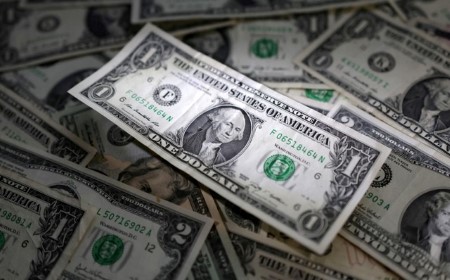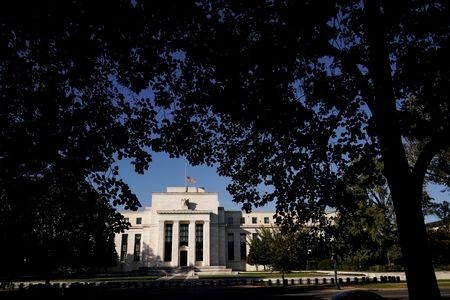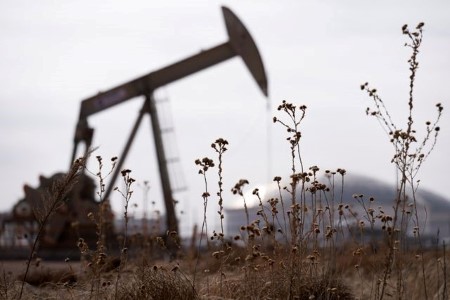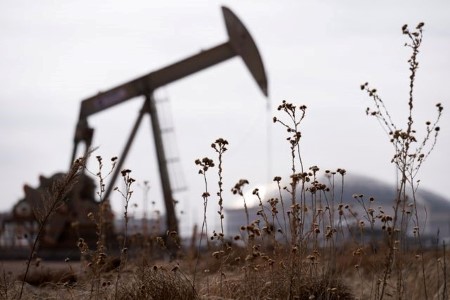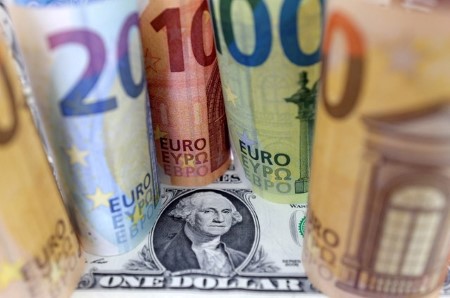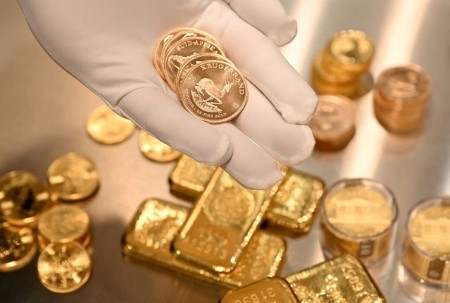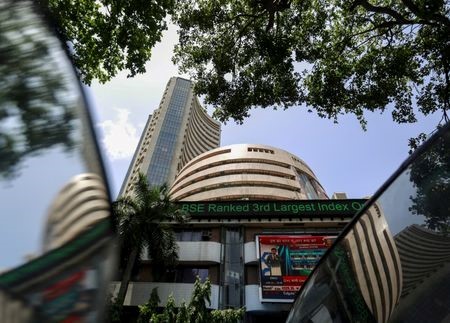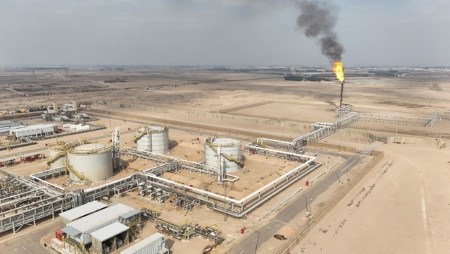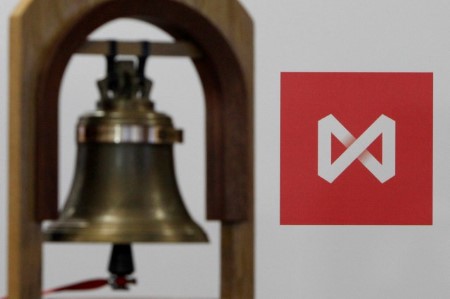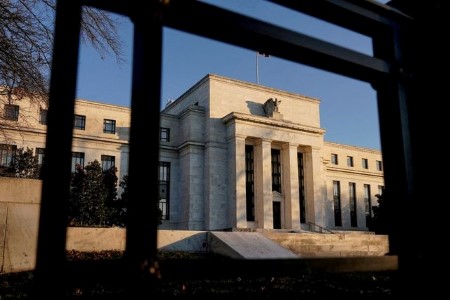NEW YORK – The US benchmark 10-year Treasury yield rose on Friday but held in the relatively tight range it has traded in this month as investors balanced uncertainty over the impact of tariffs with the likelihood that the Federal Reserve will keep rates unchanged for the time being.
Investors are worried that tariffs will increase inflation in the near term while also weighing on economic growth. Federal government layoffs are also expected to lead to higher unemployment.
So far, however, the impact of the new policies has not been captured in the economic data. That is leaving market participants and the US central bank to largely adopt a wait-and-see approach to where interest rates should be.
There is lack of conviction in the market, said Molly Brooks, US rates strategist at TD Securities.
Fed Chair Jerome Powell on Wednesday described the uncertainty faced by Fed policymakers as “unusually elevated.”
Yields fell earlier on Friday before drifting back higher and adding to gains after US President Donald Trump said his top trade chief plans to speak with his Chinese counterpart next week.
Trump reiterated his plan to use trade levies to help narrow the US trade deficit with its main economic rival, but said there will be flexibility in tariffs. He plans to introduce reciprocal tariff rates on countries globally on April 2.
New York Fed President John Williams said on Friday that it’s too soon to determine the impact of tariffs on inflation, adding that there are rising risks to the economic outlook and the central bank has time to decide the direction of its monetary policy.
Chicago Fed president Austan Goolsbee also said that it remains an open question whether tariffs will lead to persistent inflation, with taxes on intermediate goods, retaliation by other nations, and other factors feeding into whether the central bank will have to react.
The bond market, meanwhile, has been boosted by the Fed’s plans to taper quantitative tightening, which will reduce the Treasury Department’s debt issuance needs, said TD’s Brooks.
The US central bank said on Wednesday that it will reduce the pace of the drawdown of its still-massive balance sheet, as it faces challenges in assessing market liquidity during an ongoing impasse over lifting the government’s borrowing limit.
Fed Governor Christopher Waller on Friday said he opposed the decision because the level of reserves in the banking system remains abundant.
The yield on benchmark US 10-year notes was last up 2.1 basis points on the day at 4.254%. It has held in a range between 4.106% and 4.353% since February 25.
The 2-year note yield, which typically moves in step with interest rate expectations, fell 0.7 basis points to 3.95%.
The yield curve between two-year and 10-year notes steepened by around 3 basis points to 30.3 basis points.
Germany’s Bundesrat upper house of parliament on Friday approved plans for a spending splurge that aims to revive growth in Europe’s largest economy and scale up the military, clearing the final hurdle for the historic policy shift.
The plan sent German government debt yields sharply higher when it was announced earlier this month and is acting as an upward pressure on government debt yields globally.
Traders are also watching to see if Russia and Ukraine will agree to a deal to end their war.
President Donald Trump said on Thursday the United States will sign a minerals and natural resources deal with Ukraine shortly and that his efforts to achieve a peace deal for the country were going “pretty well” after his talks this week with the Russian and Ukrainian leaders.
The Treasury will sell USD 183 billion in short- and intermediate-dated debt next week, including USD 69 billion in two-year notes on Tuesday, USD 70 billion in five-year notes on Wednesday, and USD 44 billion in seven-year notes on Thursday.
(Reporting By Karen Brettell; Editing by Toby Chopra and Diane Craft)







 DOWNLOAD
DOWNLOAD




